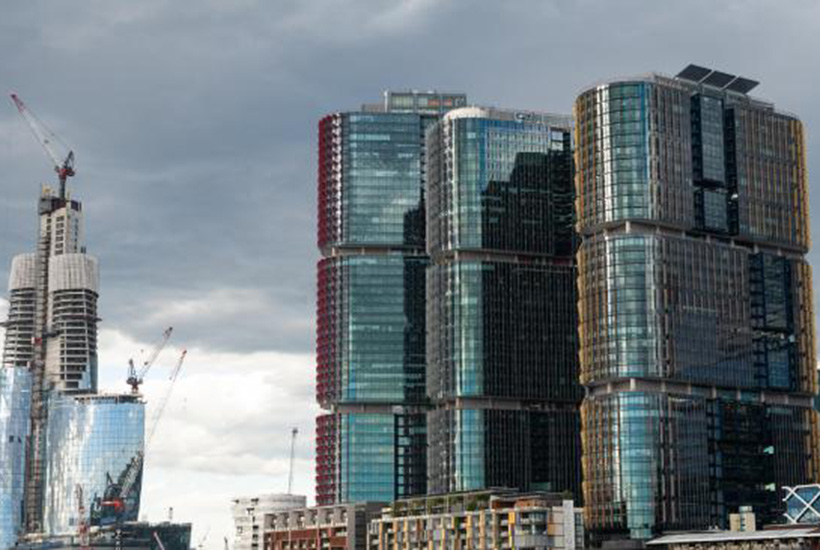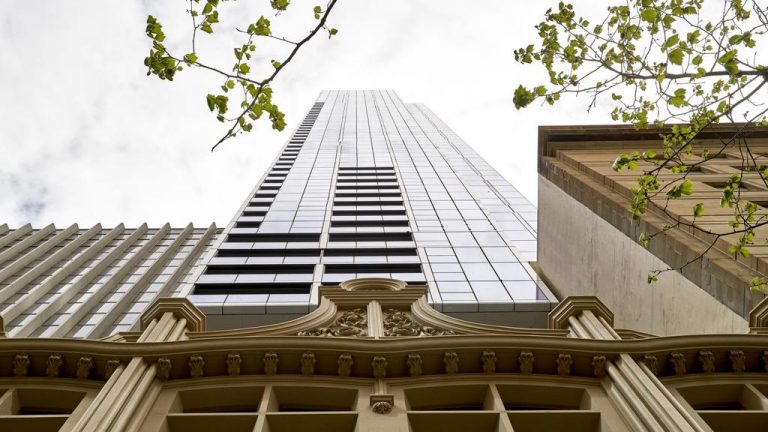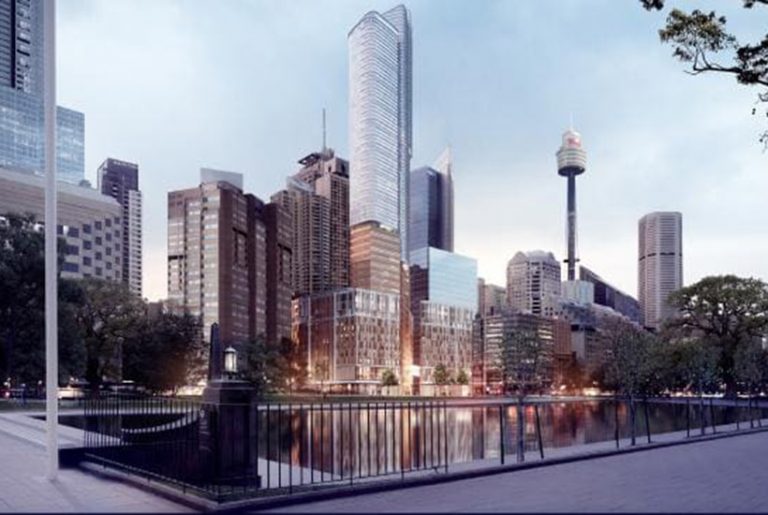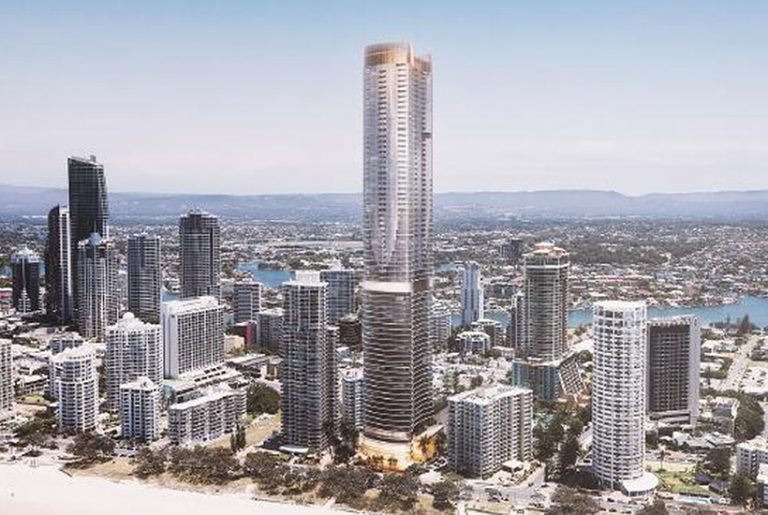$20bn barrier: Skyscraper market gathers steam

More office skyscrapers are tipped to change hands this year after sales smashed through the $20 billion barrier in 2019, according to a major report by real estate agency JLL.
A jump in deals for buildings that are still under construction and a dramatic rise in prices in suburban office markets along the east coast helped sales of office towers hit $22.5 billion, beating the 2018 benchmark of $19.87 billion.
The sector was also bolstered by mega-deals in which Dexus and its funds bought the 80 Collins Street development in Melbourne for $1.48 billion and took full control of Sydney’s MLC Centre.
Charter Hall was also active in 2019, gaining control of Chifley Tower.
Other listed A-REITs, including Mirvac and GPT, bought assets last year. But they faced stiff competition from unlisted funds, private equity firms and sovereign wealth funds.
The number of mega-deals worth more than $400m jumped, with 14 such transactions recorded — a leap from 2017, when only three deals were struck at this level, and 2018, when about eight such deals were done.
The year started with offshore houses like Invesco completing deals and local players Centuria and Australian Unity involved in corporate plays, prompting expectations of more offshore capital sweeping into Australia.
“The mix of capital sources seeking Australian office product is unprecedented. A-REITs, unlisted funds and a diverse range of international capital sources will compete for product in 2020,” JLL head of office investments Rob Sewell says.
He also predicted that offshore investment mandates would extend beyond the traditional destinations of Sydney, Melbourne and Brisbane.
“We are assisting multiple capital sources underwrite the investment thesis for Perth, Adelaide, Canberra and metropolitan office markets,” Sewell says.
In a sign that values may be approaching a peak, offshore investors were net sellers for the first time since 2006, and they are likely to keep selling this year.
They sold $11.19 billion of assets, but still acquired $9.21 billion of office towers. Canadian funds were active vendors, with Brookfield, CPPIB and Oxford Properties all divesting Australian offices.
But these groups remain very active and are often backing new developments with the proceeds of the sales.
JLL says demand for office buildings will be supported by the creation of new technology jobs, and Atlassian has committed to a new skyscraper next to Sydney’s Central Station that is expected to spark a new precinct.
While vacancy remains elevated in some capitals, overall space absorption in CBD office markets is forecast to be slightly above trend in 2020.
Pre-commitments to new office projects by large companies support this trend, and office developers are putting much stock in the rise of digital companies such as Salesforce, which will occupy a new Circular Quay tower, and co-working.
The development of new towers is concentrated in office markets with low levels of prime grade vacancy, but some space is expected to emerge in older buildings as tenants shift into their new digs.
While the first quarter of 2020 may see little new stock offered, JLL says new pricing benchmarks set last year have the potential to stimulate vendors.
Prices soared last year and yields on key deals on large towers touched 4%.
“These benchmarks will flow through valuations and stimulate vendor motivation to capitalise on the strength of the investment market in 2020,” JLL says.
This article originally appeared on www.theaustralian.com.au/property.







